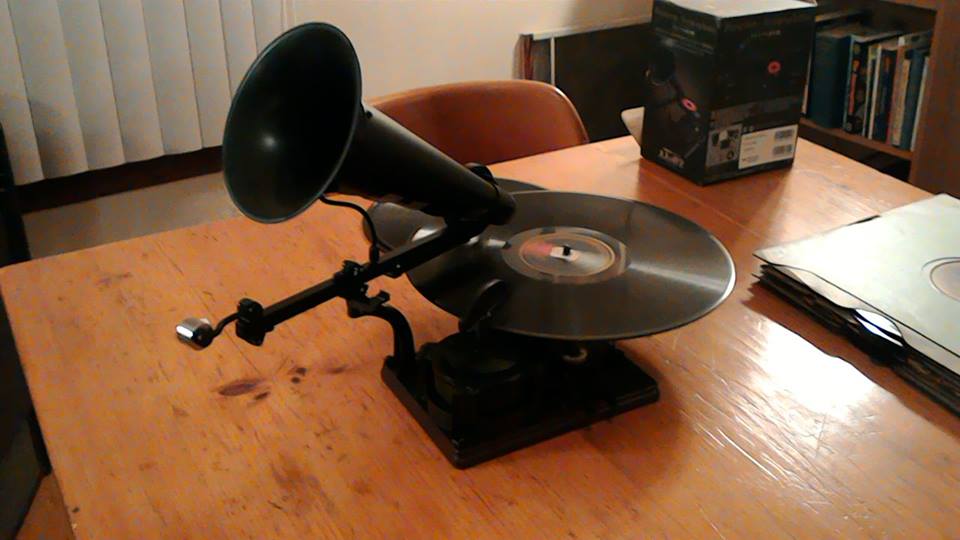We are now up to 36 Doctors of the Latin Church, and this doctor is an Armenian monk who lived from about A.D. 950 to 1003. Pope Francis declared him a Doctor on February 23.
His famous book of Lamentations, also called “Speaking with God from the Depths of the Heart,” contains 95 prayers. They are really quite impressive. The style is somewhat similar to St. Anselm of Canterbury, who was born 30 years after St. Gregory died.
The prayers are available in English in an online edition. Here’s an example from prayer 5:
You made me in your glorious image,
favoring a weak being like me
with your sublime likeness,
adorning me with speech,
and burnishing me with your breath,
enriching me with thought,
cultivating me with wisdom,
establishing me with ingenuity,
setting me apart from the animals,
endowing my character with a thinking soul,
embellishing me with a sovereign individuality,
giving birth as a father, nurturing as a nurse,
caring for me as a guardian,
You sowed a wayward being in your courtyard,
irrigated me with the water of life,
cleansed me with the dew of the baptismal fount,
nourished me with heavenly bread,
quenched my thirst with your blood,
acquainted me with the impalpable and
unreachable,
emboldened my earthly eyes to seek you,
embraced me in your glorious light,
permitted my unclean earthly hands to
make offerings to you,
honored my base, mortal ashes,
like a flicker of light,
imprinted upon a worthless wretch like me
your father’s image, awesome and blessed,
out of your love for mankind.
_____________________________________________________
This is a small taste of the profound humility and thought contained in these prayers. It’s good to get a new Doctor once in a while, so we can appreciate writings that we haven’t heard of.

